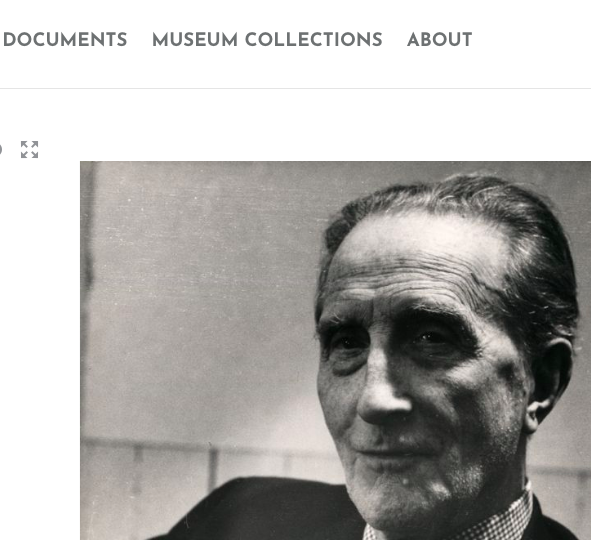Unlike Karen WIlkin’s emotional article in today’s WSJ, Daniel Grant provides Brandeis fans with another clear, concise, and neutral outline of the Rose Art Museum fiasco (two if you count “When Going Gets Tough” on the same page). He brings a fresh take on pro and contra positions to the closing and selling, as well as the legal issues with “donor intent.” He also gives lengthy attention to the selling and buying of art and stocks during this time, as well as the tax consequences that could arise for donors. Lastly, he also covers why Brandeis would be better off by selling via auction rather than private sales. Rose Art Museum lovers looking for irrational and emotional “reasons” need not read this article; you won’t find it.
An example of why Brandeis is doing the right thing:
University of Chicago economist David Galenson…speculated, however, that university trustees may have seen their principal donors tapped out from the last fund-raising campaign and that Brandeis was not in a strong position to borrow funds from banks. “If other options are closed off, it’s not an unreasonable position to say that this is an educational institution in financial trouble and that art is an asset like any other, so why not sell it.”
True. We don’t know what financial disasters await Brandeis, and we certainly are not in the position to cry over sold artwork when, and as others have pointed out in the last week, a university’s mission should be narrowly tailored to academics, professional training, and education. Many will argue that access to art is part of this education, but no one said that a university had to supply what is already present outside a university context.
Additionally, Daniel Grant has another brief article on the dreaded “prissy fatwa,” deaccessioning, as well as news that The National Academy may have more artworks on the chopping block.
Art isn’t a lost cause at Brandeis. The university plans to reopen the Rose Art building as an arts center, focusing on student and faculty exhibitions, with studio space for making art and gallery space for imported shows. “We want to be sure we have art on the campus even if we don’t have art,” said Marty Wyngaarden Krauss, the school’s provost.
Enjoy!







